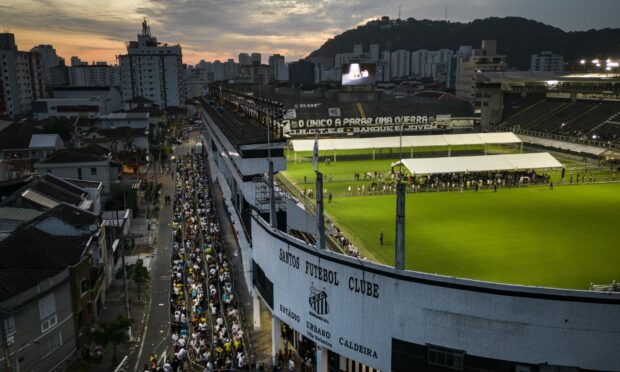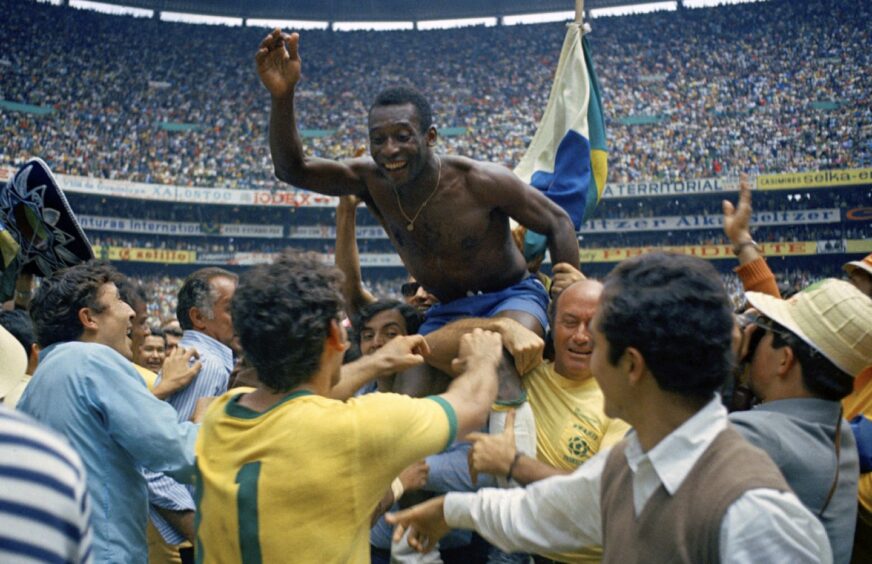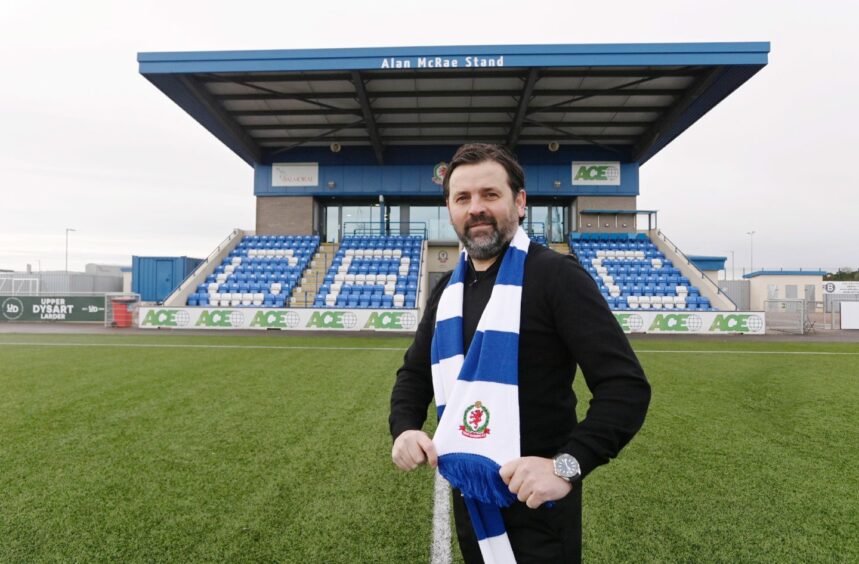The death of Pele was mourned across the globe, and rightly so.
Thanks to the more widespread television coverage throughout the 1960s and beyond, the Brazil legend became the first worldwide superstar, his face recognised in every corner of the planet.
I remember when, as a very young boy, I sat with my Dad watching grainy black and white images of the 1970 Mexico World Cup Finals. By then, Pele had twice won the World Cup as a kid, before being kicked out of the 1966 event, his hopes of a treble shattered by injury.
When 1970 rolled around, Pele was a man, the undoubted figurehead of what was, almost certainly, the best international side ever assembled.
To this day, the names come easily to my mind. The goalkeeper was Felix, there was Carlos Alberto, Everaldo, Clodoaldo and Jairzinho – who would score in every match during the tournament.
There was Gerson, Tostao and Rivelino.
And there was Pele.
The fact that most of the players were known by a single name added to the allure, but mostly it was about their style of play.
Brazil of that vintage cared little about defending: they would keep just a single clean sheet in the six matches played, while scoring 19 times. It was all about attack, and doing so with pace and a level of skill the like of which had rarely been seen before.
Younger fans will flag up the Spanish side of a decade ago, they might point to some of the Dutch or French national teams which have been thrilling to watch, or indeed some of the sides Germany have produced over the years.
But for sheer footballing ability, for a carefree love of the game and all that is good about it, none of those come close to the 11 fielded by Mario Zagallo in the blistering heat of that long distant summer.
Even to my uneducated eye, and despite the limitations of the screen on which we watched, I could see and understand that this was something special, a privilege to behold.
I had not been aware of any of the other Brazil players before the tournament, but I had heard of Pele. He did not disappoint.
Quite apart from scoring four goals during the Finals, Pele made headlines with two audacious efforts, sadly neither of which found the net. In the first game against Czechoslovakia, he attempted to lob the goalkeeper Viktor from inside his own half, while in the semi-final against Uruguay, he pulled off a dummy which had the keeper spinning in circles.
Both were instinctive, natural attempts, the mark of an inventive player with talent to burn.
Following his death, there have been many tributes, but the one video I most enjoyed was a succession of clips featuring the likes of Zidane, Ronaldo, Neymar and Messi displaying their talents and trademark moves. The montage is entitled “Pele did it first”, and he had. Alongside each visual, there is one of the Brazilian performing the same skills decades earlier.
We all have our favourites, but for me, Pele was the greatest of all time.
How Pele came to be an Aberdeen shareholder – and the other football god with stake in Dons
First few months on inside at Cove certainly haven’t been quiet
It is fair to say my first half season working with Cove Rangers has been an eventful one.
Almost as soon as I took up duties as head of media, Paul Hartley quit.
Jim McIntyre was appointed manager, there was the scramble to get new players in for the club’s first ever campaign in the Championship, and little time for anyone to adjust to what was a massive leap up from League One.
Quite apart from the games, we were also celebrating our Centenary year, and with events and the official history of the club to be published, quiet days were at a premium.
Now, Jim has gone – and I wish him well for the future – and Paul is back and, with injuries and loan recalls eating into the squad, he faces a huge rebuild for the second half of the campaign.
It has been a real eye-opener for me, being on the inside, rather than observing from afar. I cannot wait to see what the next few months bring.




Conversation